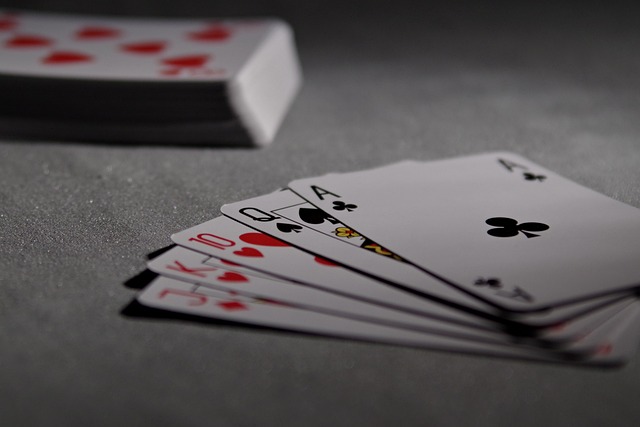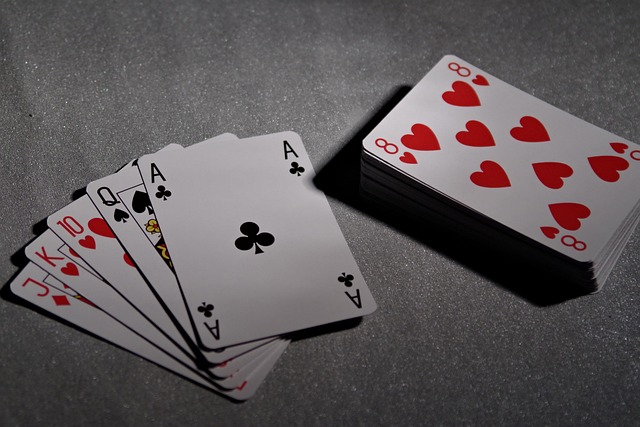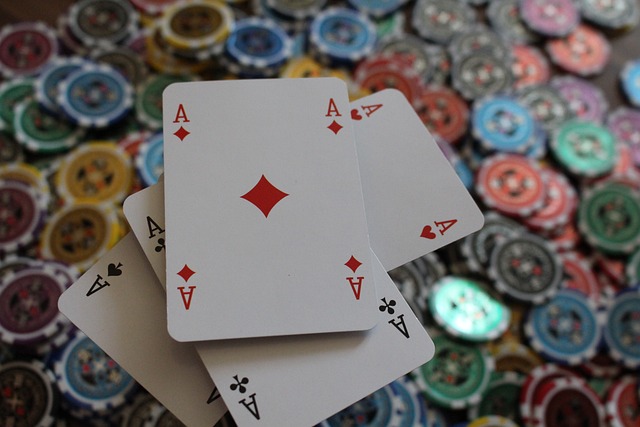Playing with friends and practicing against other players, newbies to the classic game of 21 start to notice, through the slight smiles that appear discreetly on the faces of older players when they watch the newbies play, that there’s something in the air. The expert plays can be “guessed” because they are the correct technical plays. Let’s learn the basic technique to play like an experienced player.
When to ask?
Hitting is a bettor’s primary move, regardless of the number of decks. In a single-deck game, the player must hit on all pairs (cards with the same value), except for pairs of 8s, 9s, 10s, and aces.
In soft hands (where the ace can be either a 1 or 11), the player should always hit as well, except with ace and 8, ace and 9, and ace and 10. In tough hands, the player should generally hit as well, unless they already have more than 16 points.
When to fold?
Doubling down is very common in single deck blackjack and should be done in many situations. Whether with soft or hard hands, the ideal situation to double down is when the dealer has 4-6 points. Except when the player has hands between 5 and 7, in which case he must hit, or when he has more than 16 points, where he must stand.
When to stop?

In a hard hand, the player must stand at more than 16 points (17 to 21), in soft hands, they must stand on ace and 9, and also on ace and 10. In the soft hand of 18 points (ace and 7), if the dealer has any card between 3 and 6, the player must stand on 2, 7 or 8.
What about the pairs?
Splitting the pairs is a very technical part that, if used well, can be profitable for the player. It is important to know when to double down, split or even play along.
Since this part often causes a lot of confusion, we will analyze all cases.
- 2 and 2: split if the dealer has between 3 and 7, otherwise hit;
- 3 and 3: split if the dealer has between 4 and 7, otherwise hit;
- 4 and 4: split if the dealer has between 4 and 6, otherwise hit;
- 5 and 5: double if the dealer has 2 to 10, hit if he has ace or 10;
- 6 and 6: split if the dealer has between 2 and 7, otherwise hit;
- 7 and 7: split if the dealer has between 2 and 7. Stop on 10 and hit on the 8, 9 and ace.
- 8 and 8: always divide;
- 9 and 9: split if the dealer has 2 to 9, except for 7; if not stop;
- 10 and 10: always stop;
- So and so: always divide.
Chart Method: Blackjack Hand Tables

If it seems a bit difficult to remember when to stop, surrender, double down or split, we have good news. There are tables where the player’s hand is compared to the dealer’s hand and a decision is made.
So, if the important thing for you is to play without wanting to spend a lot of time memorizing decisions, blackjack hand tables can be an excellent ally in the game.
Follow the strategy
What did you think of this single deck blackjack basic strategy guide? Did you know the differences between an individual deck and the rest of the modalities that are played with other decks? Did you already have in mind the strategies of when to hit or stop, when to double or split?
If there are too many rules and you’d rather stick to a single deck strategy table, great. If you don’t want to refer to the table and prefer to keep the decision in mind, that’s fine too. The important thing is that you keep studying and improving your blackjack strategy. You will surely achieve your goals. Good luck!
